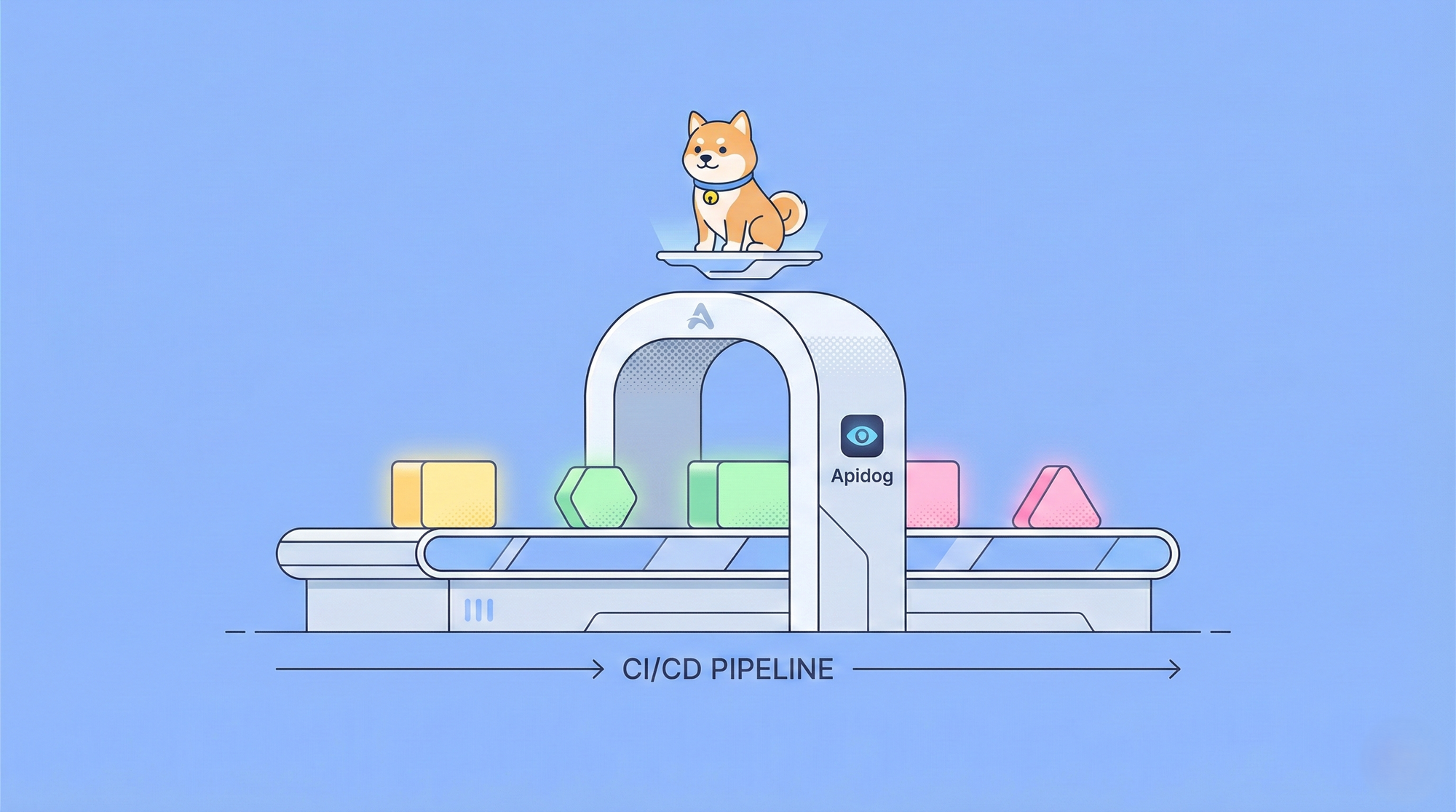As businesses increasingly rely on software to streamline operations and enhance user experiences, Application Programming Interfaces (APIs) have become a critical part of this landscape. API versioning is a crucial concept that ensures the longevity, usability, and scalability of APIs. For beginners venturing into the world of API development tools and techniques, understanding API versions can significantly influence project success.
What is API Versioning and Why Does it Matter?
API Versioning refers to the practice of managing and controlling the changes made to APIs over time. With rapid advancements in technology and frequent updates in software requirements, maintaining compatibility between multiple versions of an API is vital. As organizations evolve, the way they interact with their services and data also changes, making versioning essential for seamless integration.
Why is API versioning so important? Consider the following:
- Maintaining Compatibility: As APIs are updated, new features or changes can impact existing applications relying on older versions. API versioning helps manage these changes without disrupting client applications.
- Client Stability: Clients using an API may not be ready or able to transition to an updated version instantly. Versioning allows them to continue using a stable version while adapting to new functionalities at their own pace.
- Simplified Debugging: When issues arise, having distinct versions aids in quicker identification of problems across different codebases.
Moreover, effective API versioning can help organizations manage technical debt, ensure a smooth transition for clients, and more strategically plan feature releases.
Key Terms and Concepts in API Versioning
Understanding API versioning begins with familiarizing oneself with some key terminology and concepts. This knowledge will help developers better navigate the complexities of API management.
- Version Numbering: Typically done using a major.minor.patch format (e.g., v1.0.2):
- Major: Introduces incompatible changes.
- Minor: Adds functionality in a backward-compatible manner.
- Patch: Applies backwards-compatible bug fixes.
- URI Versioning: Utilizing the URL to indicate the version number (e.g.,
https://api.example.com/v1/resource). This method is straightforward and easy to implement. - Parameter Versioning: Sending the version number as a parameter in the API request (e.g.,
https://api.example.com/resource?version=1). While this method allows for flexible implementation, it can lead to less readable URLs. - Header Versioning: Using HTTP headers to convey the version number. This approach keeps URL spaces cleaner but can complicate visibility and tracking.
- Backward Compatibility: Ensuring that newer versions of an API do not break existing client implementations is essential for smooth transitions.
- Deprecation: When an API version is marked for phasing out, clients using that version should be informed well in advance, allowing adequate time to migrate to newer versions.
The Benefits of Effective API Versioning
Implementing effective API versioning brings several advantages, making it a crucial aspect of API management.
1. Improved User Experience
Users appreciate seamless service and consistent results. With versioned APIs, developers can introduce new features and enhancements without disrupting existing user experiences.
2. Enhanced Flexibility
API versioning allows firms to be agile. Should a feature require substantial changes, developers can create a new version while maintaining legacy support, thus avoiding hindrance.
3. Simplified Client Communication
By clearly defining which features belong to which version, teams can communicate more effectively with clients. Transparency about deprecations or changes results in a better understanding for all parties involved.
4. Incremental Change Management
Versioning allows teams to roll out changes incrementally. Developers can test features and gather user feedback, which ultimately leads to more refined APIs.
5. Risk Mitigation
By maintaining previous versions, organizations safeguard against systemic failures. If new updates cause unforeseen issues, reverting to a stable version is straightforward.
6. Clearer Documentation
Versioning necessitates clear and concise documentation across versions, which helps end-users understand changes and functionalities without confusion.
How to Implement Basic API Versioning Techniques
Implementing API versioning effectively may seem daunting at first, but it can be broken down into manageable steps:
1. Decide on a Versioning Strategy
Choose a versioning strategy that aligns with your API architecture. Some popular options include URI versioning, parameter versioning, and header versioning. Each has its pros and cons, so considering the long-term implications will help narrow down your choices.
2. Establish Clear Versioning Conventions
Define how version numbers will be structured—using semantic versioning protocol (major.minor.patch) encourages backward compatibility and systematic upgrades.
3. Integrating with CI/CD Pipelines
Incorporate versioning into your Continuous Integration and Continuous Deployment (CI/CD) pipelines. Automating testing and deployment across versions ensures consistency and reliability.
4. Communicate with Clients
Keep your API consumers informed about upcoming changes or releases. Effective communication ensures clients can prepare for transitions to new versions.
5. Implement Monitoring and Feedback Loops
Once an API version is live, it is essential to monitor its performance. Gathering user feedback will help developers iterate on the service effectively.
6. Maintain Graceful Deprecation Policies
As older versions become obsolete, establish a policy for notifying users. Offering a reasonable grace period will help ensure smooth transitions.
Tools and Frameworks for API Versioning
Leveraging the right API development tools can significantly streamline the implementation of versioning in your projects. Here are some popular options:
- Apidog: Apidog stands out with its user-friendly interface and robust functionality for managing API versions. It allows developers to create clear documentation that includes versioning details, making it an ideal choice for teams.
- Swagger/OpenAPI: These frameworks allow you to define, document, and consume APIs efficiently. They support versioning through proper documentation, making it easier to manage changes.
- API Gateway: Services like AWS API Gateway and Apigee provide built-in mechanisms for managing API versions and can route requests to the appropriate version based on the request URL or headers.
- Git: Source control systems like Git help in maintaining different versions of API code. Code reviews and branching can facilitate proper version management within development teams.
Leveraging API Versioning with Apidog
Apidog is an all-in-one API development tool for designing, documenting, debugging, and testing APIs. Its API versioning feature is designed to help developers manage different versions of their APIs effortlessly. This capability allows teams to enhance their APIs while ensuring backward compatibility for existing clients. Below is a step-by-step guide on how to utilize Apidog's API versioning feature effectively.

Step 1: Access the API Versioning Feature
- Log In to Your Apidog Account: Start by logging into your Apidog account. If you don’t have an account yet, you can easily create one.
- Navigate to Your Project: Once logged in, select the project for which you want to manage the API versions.
- Find the Sprint Branch Switching Component: At the top of the folder tree in your project dashboard, look for the "API Versions" option within the sprint branch switching component.
- Click on API Versions: Clicking on this option will display all available API versions within the current project.

Step 2: Create a New API Version
- Initiate New API Version Creation: Click on the “New API Version” button to start the creation process.
- Enter the Version Number: A prompt will appear asking you to enter a version number for your new API version.
- Choose Initial Version Content: You will have two options:
- Copy from Existing Version: By default, Apidog will create a copy from an existing API version. If you opt for this, select the version from which you want to copy all resources.
- Create Blank Version: Alternatively, you can select the blank option to create a new version with no pre-existing content.
4. Save the New Version: click “Save” and the new API version will open automatically for your editing.

Step 3: Edit Resources in the New API Version
- Modify Resources: If you have created a new version by copying from an existing one, you will see all resources from the selected API version displayed in your new version. If you create a new blank version, you may need to build resources from scratch.
- Independent Edits: Click on any resource within the new API version to edit it. Changes made here are independent of the original version, meaning they will not affect the original API version.

Step 4: Publish and share the API Version
- Publish the API Version: In the project dashboard, click on "Share Docs" at the left panel, and find the "Publish" option. Click on "Add" to initiate the new publication:
- Select the API Version Source: Select from the existing API versions you have created within your project. Choose the version you wish to publish.
- Display Version Number: Specify the version number that you want users to see in the published document. This will help them identify which version of the API they are accessing.
- Choose the Environment: Select the environment in which users can initiate debugging while viewing the documentation. This step is crucial for providing context to API users.
- Define the Slug: Enter a unique identifier (slug) that will be appended to the link of the published API documentation. For example, the slug might look like this:
https://example.apidog.io/2-0-0. A well-structured slug makes it easier for users to understand the content of the link.
Once you are satisfied with the setup, click on the "Publish" button next to the "Publish Status." This action will make your documentation live and accessible to users.

2. Share the newly published API version: "Copy Link" to share with your teammates and users. They will be able to view all released versions and their corresponding content.


By following these steps, you can easily create an API version in Apidog to suit your development needs. Whether you decide to copy an existing version or start fresh, this feature allows you to make tailored modifications to specific resources, ensuring that each version meets your unique requirements.
Final Take-away
API versioning is a fundamental concept in software development that plays a pivotal role in managing changes effectively. Understanding its significance helps professionals maintain compatibility, improve user experiences, and enhance communication with clients. It is crucial to implement a clear versioning strategy and utilize appropriate API development tools to ensure streamlined processes. Platforms like Apidog make this journey easier by providing needed functionalities and promoting collaborative efforts.
As the practice of API development continues to grow, embracing effective versioning techniques will be indispensable for future success.
FAQs: Common Questions About API Versioning
1. What is the best way to version an API?
The best way to version your API depends on your team’s needs and the specific use case. Options include URI versioning, parameter versioning, and header versioning.
2. How often should I change the API version?
Version changes should be made whenever there are breaking changes or significant updates to functionalities. Regular updates can occur simultaneously with incremental development.
3. What happens to deprecated API versions?
Deprecated API versions should remain accessible for a limited time to allow users to transition seamlessly to newer versions. Clear communication regarding deprecation timelines is essential.
4. Can I revert to a previous version of my API?
Yes, versioning allows you to quickly revert to a stable version if issues arise with a new release. Proper version management practices facilitate this process.
5. Do I need separate monitoring for different API versions?
Yes, it is advisable to monitor API versions separately to capture performance metrics and ensure that each version operates effectively.




